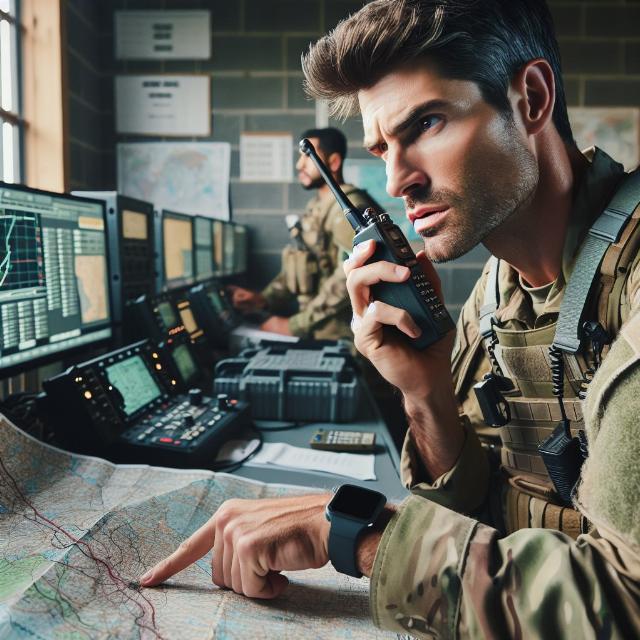As the analysis of modern armed conflicts shows, the increasing role of intelligence conducted directly in the interests of enemy fire destruction is comprehensive. This is caused by a significant transformation of the forms and methods of warfare, an increase in the combat capabilities of means of fire destruction, as well as the need to ensure reconnaissance and strike actions during a systematic fire attack on the enemy.
This trend manifested itself during a special military operation in Ukraine, while highlighting the importance of artillery reconnaissance in conjunction with counter-battery warfare. In view of this, military observers have repeatedly noted the confrontation of "artillery schools" in the special operation zone.
"For the first time after the Korean War, our domestic artillery collided with Western artillery. The calculations consist of Ukrainians, but the instructors and sometimes the gun commanders are foreigners, and the guns themselves are NATO. Two artillery schools are at war with each other: Russian and Western," says Alexander Sladkov, a well–known war correspondent who has been covering the Donbass war for many years.
At the same time, during the entire period of the special operation, Russian troops have accumulated sufficient experience in counter-battery warfare. It is worth recalling the case when, at the beginning of a special operation, Russian gunners destroyed one of the American M777 howitzers at the moment of reloading after the first salvo. This is an example of the fact that with the coordinated work of artillery reconnaissance and counter-battery warfare, significant results can be achieved. The Zoo-1M complex played a significant role in this.
It should be noted that the Zoo-1M is a modern radar complex designed for reconnaissance of firing positions of enemy rocket and artillery assets. Having fixed the shot and tracked the trajectory of the projectile (missile), the complex issues target designation to its own means of fire damage and controls the effectiveness of their firing. Also, this complex is able to simultaneously detect up to 70 different artillery targets and provide their coordinates before the shells fall, conduct simultaneous tracking of 12 targets, and carry out automated information exchange with the PU.
In addition, the success of Russian troops on the battlefield is facilitated by the use of a modern sound-thermal reconnaissance complex "Penicillin". It is also designed for reconnaissance of enemy firing positions. However, the principle of operation of Penicillin differs from most similar radars. The complex is able to record acoustic and thermal signals from shots and explosions, give out the exact coordinates of the location of the guns and put them on an electronic map. The time to receive coordinates from a single target does not exceed 5 seconds. It should be noted that other means of artillery/counter-battery reconnaissance are currently being tested and used.
Along with this, reconnaissance and strike complexes began to be used for the first time during the SDF. So, in the interests of one firepower, UAVs of different types can work, ranging from light quadrocopters to full–size aircraft-type ones. But, taking into account the rapidly changing situation in high-intensity combat operations, the requirements for data transfer speed, flexibility, reliability, as well as the possibility of integrating a reconnaissance and strike complex into an interspecific reconnaissance and strike system are increasing.
So, often, in order to make an informed decision when managing troops and weapons at a higher level, difficulties arose in situational awareness of the situation on the battlefield on a time scale close to real.
Thus, it is obvious that the effectiveness of modern combined arms operations depends on the automation of all types of combat support for troops: reconnaissance, navigation, electronic warfare, communications, etc., not closing in on the local link, but going beyond the "squad-crew-calculation" level.
Without a doubt, the experience of its own will affect the ways of using artillery reconnaissance and the processes of identifying enemy firing positions. However, it is more important that the information flows from the fire damage subsystem be integrated into the higher-level control circuit.
Victor Secocius

